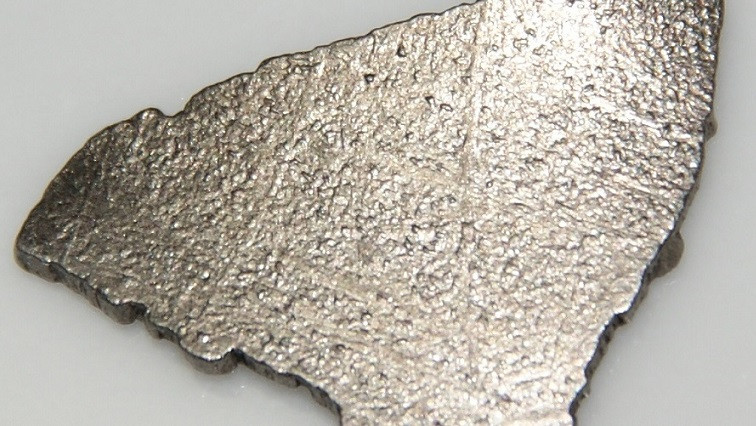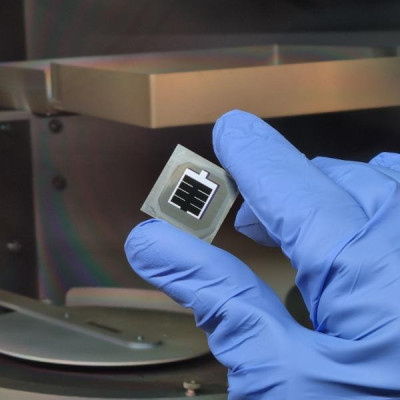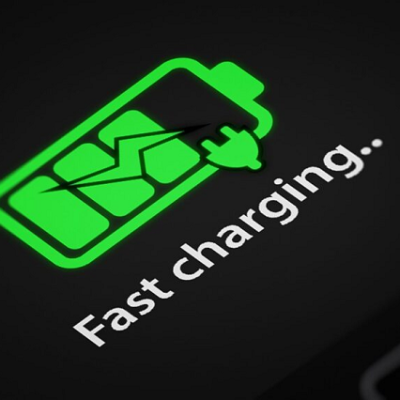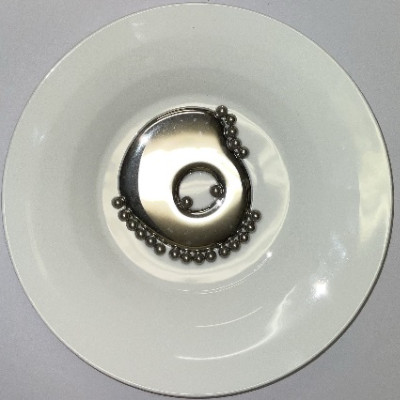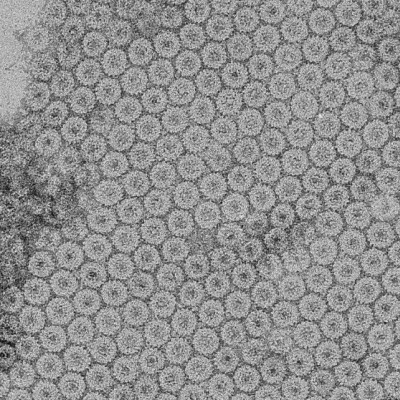In a paper published in the Journal of Physical Chemistry C, the researchers behind the solution note that it also demonstrated just a 2% loss in efficiency rate following 20,000 cycles in a durability test.
The new nanomaterial is used to enhance oxygen reduction reaction (ORR), the process that forms water in the fuel cell allowing a higher current for more efficient power generation.
The cobalt-modified nanomaterial also reduces the reliance on costly and scarce platinum to build these fuel cells.
“Cutting-edge approaches, including alloying platinum with other transition metals and crafting core-shell structures, present exciting possibilities by reducing the demand for platinum in fuel cells while maintaining exceptional catalytic activity,” Tsun-Kong Sham, senior author of the study, said in a media statement. “Despite significant progress, the Achilles’ heel remains the durability of these catalysts due to inherently unstable structures.”
Cobalt doping
Sham and his colleagues used a method called ‘cobalt doping’ to modify the surface and near-surface areas of platinum-palladium core-shell nanoparticles.
The technique consists of introducing very small amounts of particular foreign atoms into the crystalline structure of a nanoparticle to modify its electronic properties. These foreign atoms are referred to as dopants.
The new cobalt-doped nanoparticles demonstrate exceptional stability, enduring just a 2% loss in initial activity after a ‘gruelling’ 20,000 cycles of an accelerated durability test, used to gain deeper insights into the degradation mechanisms of catalysts in controlled laboratory settings.
“This underscores cobalt’s remarkable role in enhancing catalytic activity and reinforcing the catalyst’s structural integrity,” Sham said.
For a better understanding of catalyst behaviour and composition, the research team studied the new nanoparticles using a Hard X-ray Micro-Analysis Beamline at the Canadian Light Source, Canada’s national synchrotron facility at the University of Saskatchewan.
The nanoparticles were also analyzed at the Advanced Photon Source in Lemont, Illinois and the Taiwan Photon Source for the study.
“These cobalt-doped nanoparticles hold immense promise as highly efficient and enduring ORR catalysts, representing a significant advancement in the realm of fuel cell technology,” Xueliang Sun, co-author of the study, said. “This comprehensive approach sheds new light on catalyst behaviour and structure, bringing us one step closer to sustainable energy solutions.”
Read the original article on mining.

